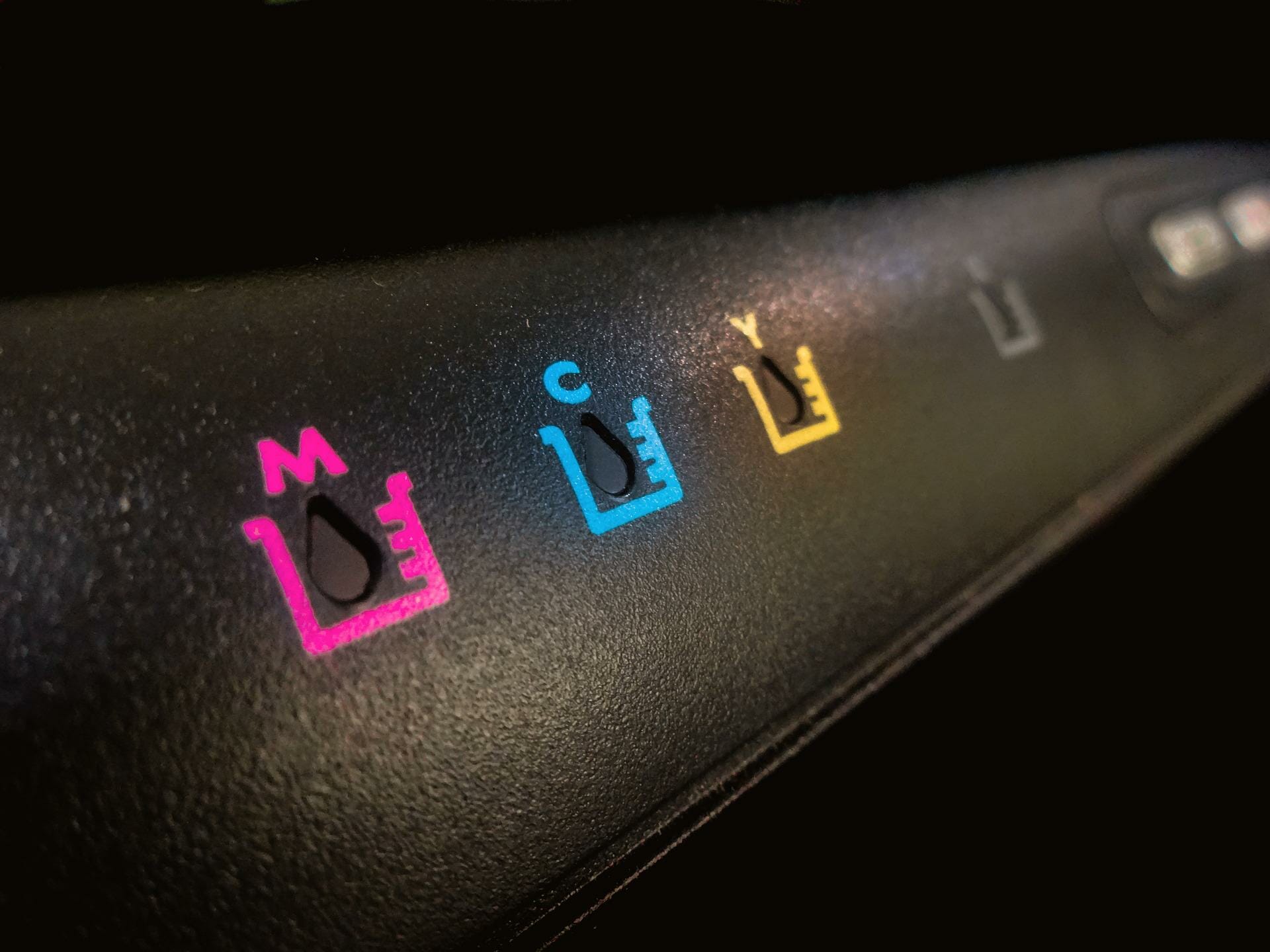
Is made up of four main attributes: process color, spot color, global color, and tint. Each color attribute has its own unique purpose within the software.
Process color is the most common type of color used in Illustrator. It is made up of a mix of four colors: Cyan, Magenta, Yellow, and Black (CMYK). When these colors are combined, they create a wide range of other colors. Process color is best used for illustrations that will be printed using a four-color printing process.
How to change color in illustrator
Changing the color of an object in Illustrator is easy! Simply select the object you want to change, then click on the “Fill” color in the toolbar. From here, you can choose any color you want.
Spot color is a term used to describe a specific color that is printed using its own ink instead of being created by a mix of colors. Spot colors are often used for printing logos or other graphics that need to be reproduced accurately.
Global color is a color swatch that can be applied to multiple objects in an illustration. Global colors are useful for maintaining a consistent color scheme throughout a design.
Tint is a term used to describe the percentage of color added to a base color. For example, a 50% tint of blue would be a light blue color. Tints are often used to create gradients or other color effects.
What is color in Illustrator and why is it important
Color is an important part of any design, and Illustrator offers a wide variety of ways to use color in your illustrations. The different color attributes (process color, spot color, global color, tint) each have their own purpose and can be used to create unique effects in your designs. When used effectively, color can help add interest, contrast, and visual appeal to your illustrations.
The different types of color and how to use them
When it comes to color, there are four different types that can be used within Adobe Illustrator: process color, spot color, global color, and tint. Each one serves a unique purpose depending on the project you’re working on.
Process color is made up of a mix of four colors (cyan, magenta, yellow, and black) that creates a wide range of other colors when combined. This type of color is best used for illustrations that will be printed using a four-color printing process.
How to create a custom color palette
If you’re working on a project that requires a specific color scheme, you can create your own custom color palette in Illustrator. To do this, simply select the “Swatches” panel from the toolbar, then click on the “New Swatch” button. From here, you can choose any color you want and save it to your palette.
When it comes to color, there are four different types that can be used within Adobe Illustrator: process color, spot color, global color, and tint. Each one serves a unique purpose depending on the project you’re working on.
Tips for working with color in Illustrator
- Use process color for illustrations that will be printed using a four-color printing process.
- Spot color is best used for graphics that need to be reproduced accurately.
- Global color is useful for maintaining a consistent color scheme throughout a design.
- Tints are often used to create gradients or other color effects.
- You can create a custom color palette by selecting the “Swatches” panel from the toolbar and clicking on the “New Swatch” button.
Color is an important aspect of any design project, and knowing how to use it effectively can make all the difference in the final result. With these tips in mind, you’ll be on your way to creating stunning designs using color like a pro.






